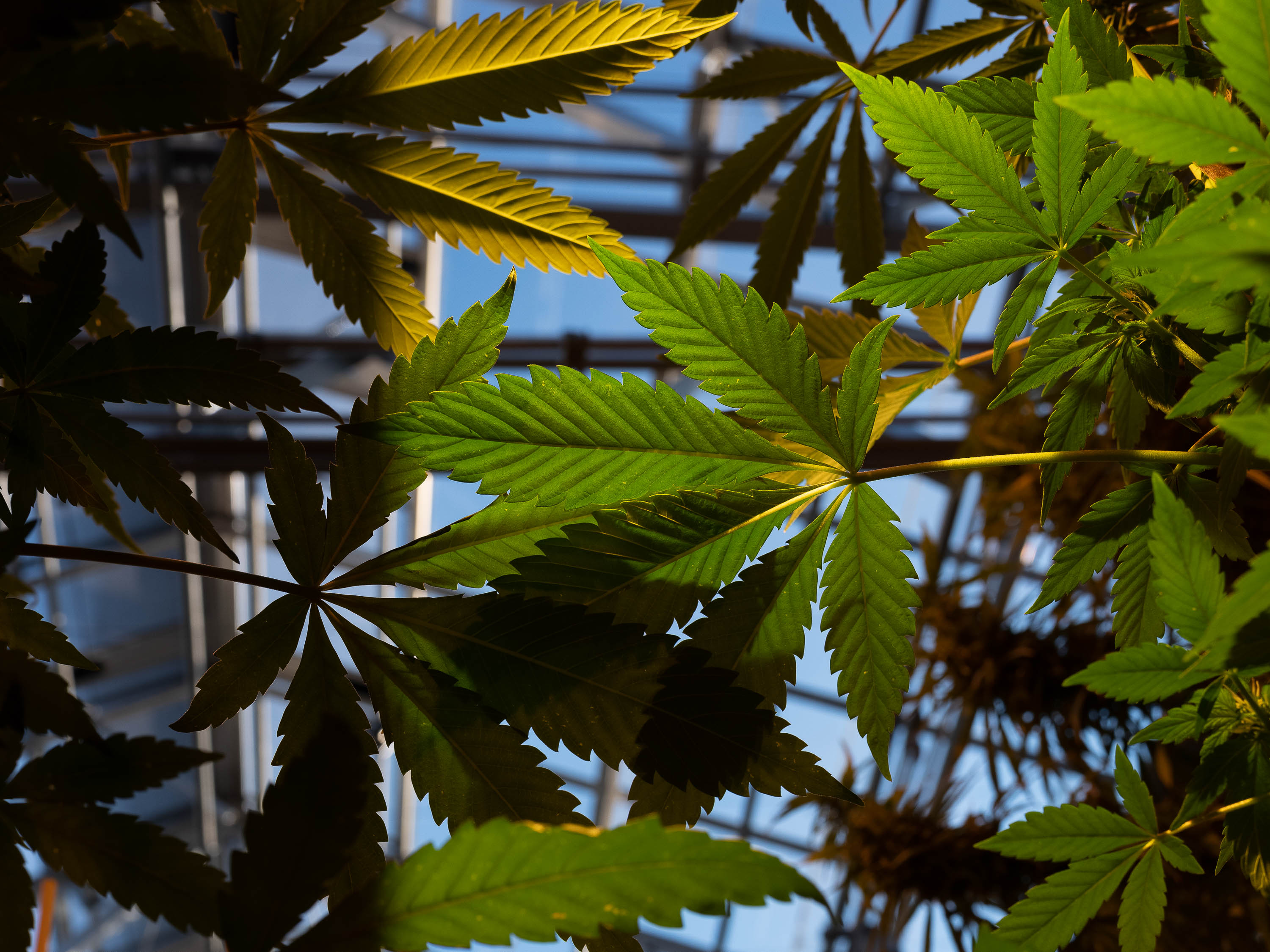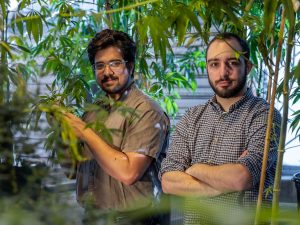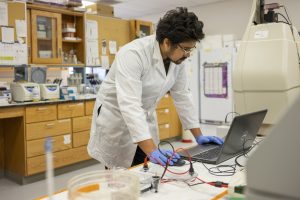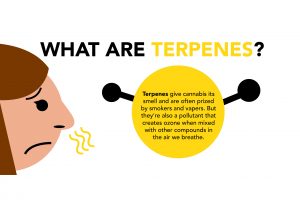GENEVA, N.Y. — Jacob Toth once studied the genetics of wheat for the Canadian government. He now uses the same science to pioneer hemp research for New York state.
Researchers like Toth are at the forefront of New York’s emerging hemp market as it races to lead in an industry legalized for commercial growth only two years ago and that has tripled in acreage nationwide every year since 2016.
Toth is among 30 Cornell University scientists working to develop a profitable hemp crop for New York farmers. The stakes are high: one estimate put the global industrial hemp market at almost $5 billion in 2019, and it is expected to grow exponentially in the coming years.
At their Geneva facility a couple miles west of Senaca Lake, Cornell hemp researchers are busy breeding hemp to adjust for agricultural challenges from disease, insects and flooding, as well as legal concerns, such as restricting the psychoactive THC content.









